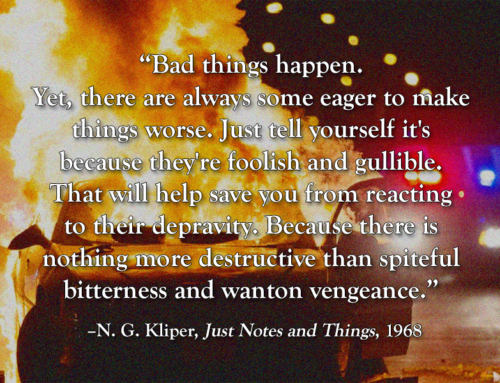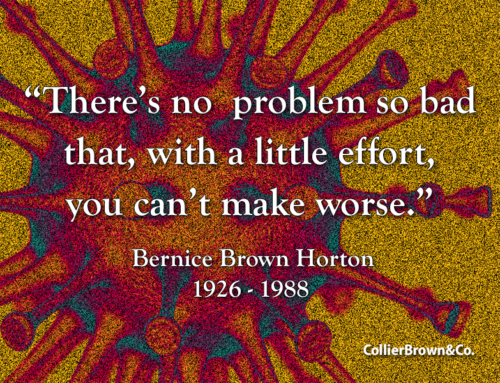Years ago at IBM I was promoted to a job in division headquarters. It was a nice step up on the corporate ladder, a chance to get some “inside baseball” and learn how the business worked from that side of a paycheck. One of my first assignments was to design a “platform” to better support the sales force in the field, well, at least at their desks (the Personal Computer was still a new device at the time). A personal sales support platform was radical thinking at the time. Today it’s taken for granted (see salesforce.com for one example).
After several months of work I was ready to present the findings and design to the president of the division. Of course, much was considered, many were involved, and several of the president’s underlings had seen our work progress and all had agreed that the design was on target and well thought out. I had visions of a corner office by week’s end! All that was left was to preview the presentation with the vice president of field operations a few days before the final pitch to the boss. The VP had been informed all along the way and had given a green light to every next step. This was going great!
Various teams worked together along the way to get things done and now a couple of people were working on world class, full color overheads (yes, it was in the days of overhead projectors; PowerPoint had not yet been invented. I said it was radical thinking for those days.). A day or so later I headed to the VP’s office for the preview. Three or four overheads into the presentation, with high drama and a clear message, he took the balance of the overheads and literally threw them in the trash, “This sucks! Where’s your &*%$#@! story?”
I decided to hold off on the request for the corner office.
He was right. My beautiful presentation, the focal point of months of hard work and diligence from a wide array of people, was full of facts, figures, statements, diagrams, tables, a cost/benefit analysis, and an estimated build/implementation plan. It very clearly and completely covered all the key questions any executive could ask. It did not, however, tell THE story that needed to be told.
The presentation was repaired, the pitch was given – and enthuiastically approved. The project was turned over to a build/implement team.
I learned a valuable lesson: What’s the story? What needs to be told/understood/remembered/cherished? How will you tell it? What’s your audience’s story and how does yours fit with theirs? What’s your end game? Does your story take them there?
The goal is make a connection, to help your audience understand, to be sufficiently knowledgable so as to make an informed decision. PowerPoint and similar tools are just that: tools, for support. What do they support? You and your story. No more presentations!
The corner office came later. Remind me to tell you the story.
In Other Words…
“One good anecdote is worth a volume of biography.” – William Ellery Channing
“Trying to fight inertia and indifference with analytical arguments is like tossing a fire extinguisher to someone who’s drowning.” – Chip Heath & Dan Heath
“An organization’s results are determined through webs of human commitments, born in webs of human conversations.” -Fernando Flores
“Beauty of style of harmony and grace and of good rhythm depend on simplicity.” – Plato
“Storytelling reveals meaning without committing the error of defining it.” – Hannah Arendt
“Another thing I’ve learned from observing great leaders is how often they tell stories. I don’t mean half-hour stories, but short ones about something that’s happened, either within the group or historically. They integrate stories into everything. It’s not 93 PowerPoint slides, each with 19 points, so that people start doodling, checking their Blackberries, going to the rest room.
It relates back to the question of how to engage people. These stories aren’t just intellectual stuff. It’s not just data. It’s hitting at an emotional level. I’m seeing more and more that this emotional piece is huge.” – John Kotter, Harvard Business Review, October 2010
In The Word…
“A wise man’s heart guides his mouth, and his lips promote instruction.” – Proverbs 6:23








Leave A Comment